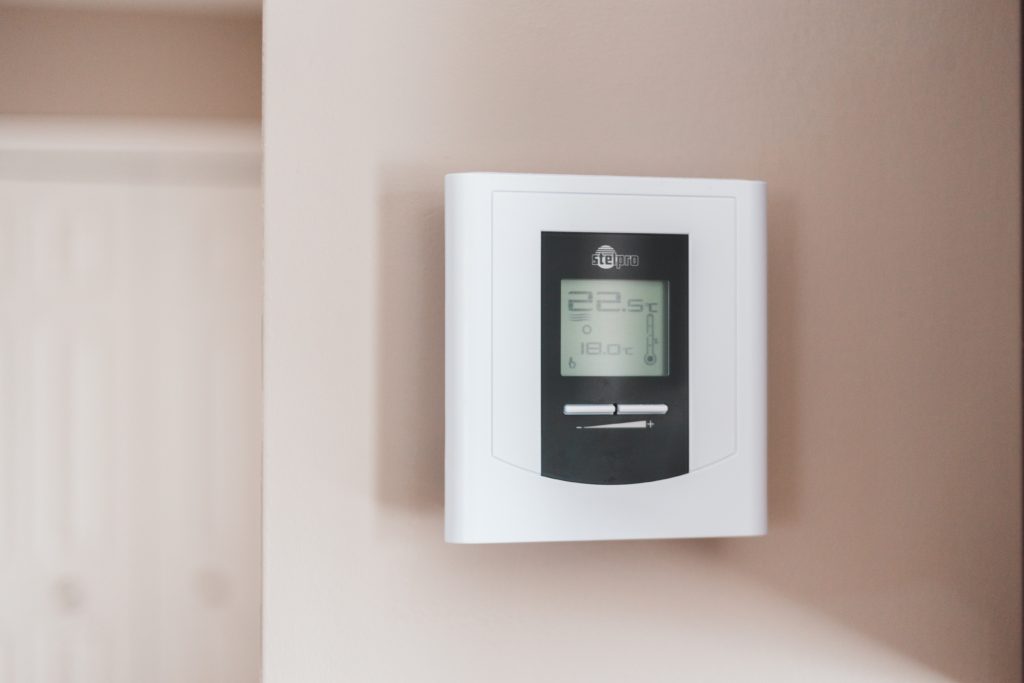Forced Air System vs Boiler System
- Home
- Various topics about your custom home.
- Forced Air vs Boiler

- By: Beth Reinke
- Custom Home, custom homes, Home improvement
- 0 Comments

Forced Air vs Boiler
What is the difference between furnaces and boilers? Or, boilers and water heaters? Many homeowners use these terms interchangeably, but these systems are all completely different. They are different from the way they work to their very purpose.
What is the difference between boilers and furnaces?
Not all types of central heating systems are the same. The two most common types of heating systems installed in homes today include furnace and boilers. Some people think that the difference between the two is just semantics. However, this is not accurate. Sure, both systems keep the room warm, but the way that the warm air is generated is different.
What are boilers?
Boilers create warm surfaces that heat air through the heated water in a tank. They don’t require ducts to circulate warm air throughout the house. Instead, heated water is circulated through pipes to different end points located inside the house.
Electric boilers have heating elements to heat your water. Gas heaters use gas burners under the tank for the same purpose. The heat is moved through the end points into the living space through radiant heat transfer. Radiant heat transer is the delivery of heat by increasing the surface temperature so that it warms the nearby area.
What are furnaces?
On the other hand, both gas and electric furnaces are forced-air systems. They combust fuel (gas) or generate heat (electricity) to heat up air. That air is then blown through ducts into the living spaces of your home. The forced systems heat the air through a device known as heat exchangers. The heated air is then circulated inside the house through the ducts by blower fans. In electric-powered furnaces, heating elements are present that create warm air. In fuel powered furnaces, the warm air is created by the gas burners.
So, which is better?
Each of the types of heaters – forced air system vs boiler system – has its own advantages and disadvantages. Boilers tend to produce cleaner heat and entail lower repair and operation costs. They also tend to be more energy-efficient: less heat energy is wasted through radiant heating compared to forced-air heating. Ultimately, this is a big difference between boilers and furnaces.
If your home isn’t set up for a boiler and radiant heating, you may find the cost of installation to be prohibitive. Especially so if you already have ductwork. Most homeowners looking to put in radiant heating do so during a major remodel or new home build so that they have access to run the water lines underneath floors. This has the added benefit of adding heated floors to your home.
What about water heaters?
Many people confuse water heaters and boilers. The physics is fundamentally the same: both systems are using some form of energy to heat water inside of a tank. And both then use pipes to distribute it out to other areas of your home. However, this is where the similarities end. For the most part, the water inside of a radiant heating system and boiler exists in a closed loop—its purpose is to transport heat energy.
Water heaters, obviously, disperse water to the taps, faucets, and shower heads in your home. They are considered plumbing, while boilers are considered an HVAC system. Boilers can also take care of hot water which would negate the need for a separate water heater system. With some types of boiler system, you may be able to choose whether you want heating only, hot water only or both heating and hot water.
More information about hot water heat and winter prep for your furnace:
Hot water safety: https://www.northtwinbuilders.com/prevent-domestic-hot-water-scalding
Winter prep for your furnace: https://www.northtwinbuilders.com/4-steps-to-prepare-your-furnace-for-winter
Make sure to check us out on Facebook: https://www.facebook.com/NorthTwinBuilders
